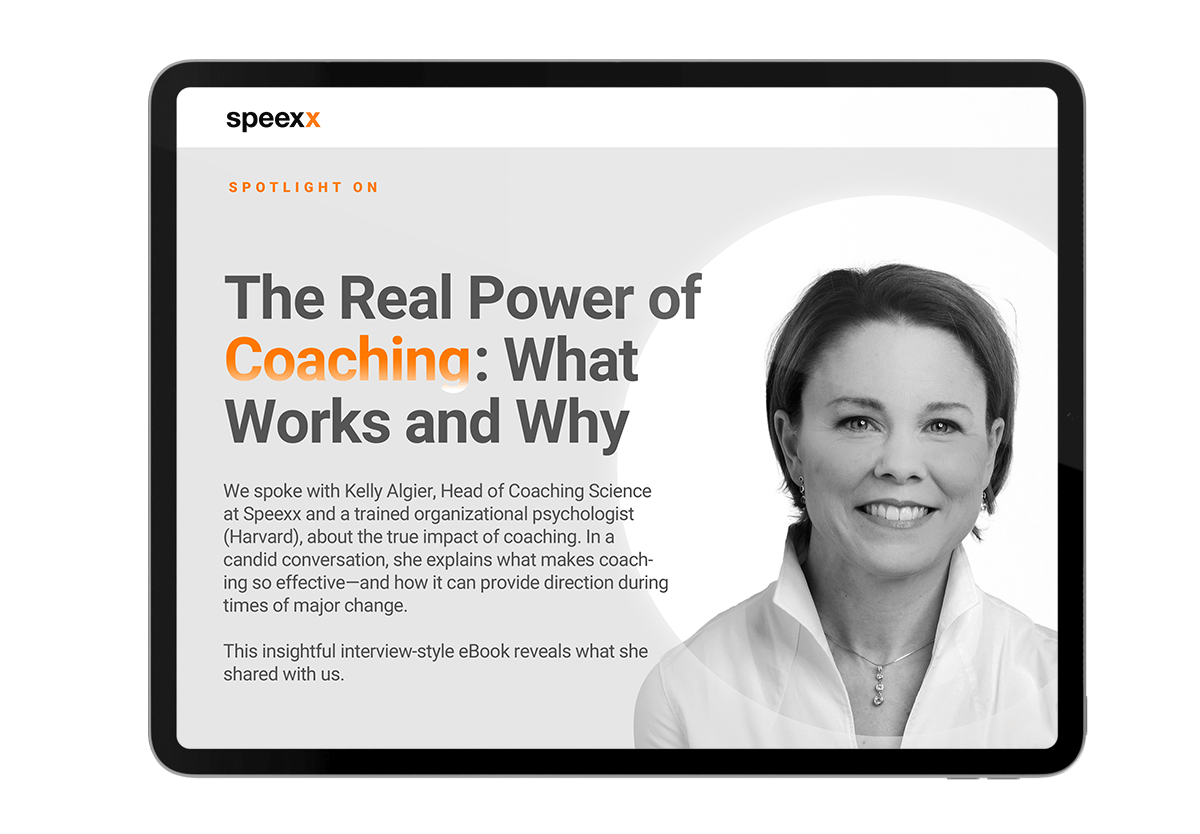If a person has not experienced coaching before, they might underestimate how profoundly it can change the way we think, decide, and relate – not through instruction, but through awareness. How does that happen? How does a coachee experience coaching? What shifts occur in their thinking, emotions, and decision-making?

This post opens the door to the coachee’s perspective – and shows why coaching is not simply a dialogue, but a structured journey of awareness, reflection, and growth.
Why Intelligence Doesn’t Automatically Lead to Better Decisions
Even the most capable professionals can fall prey to their own mental shortcuts. As Daniel Kahneman reminds us, our minds operate in two modes:
- System 1: fast, intuitive, emotional
- System 2: slow, reflective, rational
Business coaching helps coachees recognize when they are reacting rather than reflecting then acting.
One coachee put it simply:
“I used to believe quick thinking was my strength. Coaching helped me realize that pausing is often the smarter move.”
Through guided reflection, coachees learn to switch from autopilot to conscious awareness – a powerful shift that improves not only decisions but leadership presence.
Recognizing Thinking Traps and Cognitive Biases
Coaching invites coachees to slow down their thinking and notice the invisible patterns that drive their decisions. Two of the most common sources of distortion are cognitive biases and thinking traps. Cognitive biases are the brain’s unconscious shortcuts – useful for speed, but often misleading when complexity is high. Thinking traps, on the other hand, are habitual thought patterns such as catastrophizing or black-and-white thinking that narrow perspective and heighten emotional reactivity. In the coaching space, these hidden filters are brought to light through reflection and dialogue. Coachees learn to examine assumptions, test perceptions, and replace automatic reactions with conscious choices.
Coaching can help the coachee:
- See situations from multiple perspectives
- Improve their thinking and decision making
- Moving from reaction to deliberate response
Through this awareness, coaching helps transform blind spots into insights and more intentional action.

Find out more in our E-Book.
The GROWTH Journey: How Coachees Experience Change
At Speexx, our GROWTH coaching model structures this experience from the coachee’s point of view. It’s not a linear path, but a dynamic process of self-discovery and application.
G – Gain Clarity:
Coachees define what truly matters — their values, goals, and current challenges.
R – Reflect and Explore:
They examine beliefs and behaviors, gaining awareness of the patterns shaping their choices.
O – Open Up to Possibilities:
With the coach’s support, they consider new perspectives and creative alternatives.
W – Work Through Barriers:
They confront internal doubts and external constraints, developing resilience and strategies for change.
T – Take Action:
Coachees translate insights into concrete steps – small, deliberate actions that build momentum.
H – Harvest Insights:
They reflect on what worked, celebrate growth, and integrate lessons into ongoing development.
Different Coaching Contexts, Different Experiences
Whether in individual, team, or group coaching, the core remains the same: a safe space for reflection and action. Yet each coaching format shapes the coachee’s experience differently.
- Individual coaching nurtures self-awareness and confidence. It offers a space where vulnerability is met with trust, leading to personal breakthroughs.
- Team coaching strengthens collaboration, shared ownership, and mutual understanding.
- Group coaching is learning through shared reflection – diverse voices spark insight and co-creation.
“Hearing how others tackled similar challenges made me more brave to experiment,” said one of our group participants.
Coaching as Science, Not Sport
Modern business coaching is not based on motivational slogans, but on interdisciplinary research — from Positive Psychology, Systems Theory, and Neuroscience to Adult Learning and Organizational Behavior.
There are many tools, such as the PERMA Model or Wheel of Life, that help coachees visualize their goals and growth. Yet what truly drives transformation is the quality of reflection and the coachee’s willingness to think differently.
Aha Moments: Small Shifts, Big Impact
Breakthroughs in coaching often appear quietly.
“I used to think I had to make perfect decisions,” one coachee reflected. “Now I see that revising my choices is part of leading.”
These micro-insights ripple outward, building emotional intelligence, confidence, and better relationships – the essence of sustainable growth.

HR & L&D: Coaching as a Culture Catalyst
For HR and L&D leaders, coaching is not a perk to offer employees; it’s a strategic lever. When organizations embed coaching into their learning ecosystems, they foster continuous learning.
Effective coaching programs:
- Strengthen the leadership pipeline
- Promote diversity and belonging
- Support resilience and well-being
The coachee’s perspective makes one truth clear: Coaching works when people feel seen, heard, and challenged – and when organizations make space for growth to happen.
Final Thought
Coaching is not about giving advice; it’s about creating conditions for insight.
The coachee learns to think, feel, and act with greater intention. And in doing so, they not only grow – they help their organizations grow, too.
